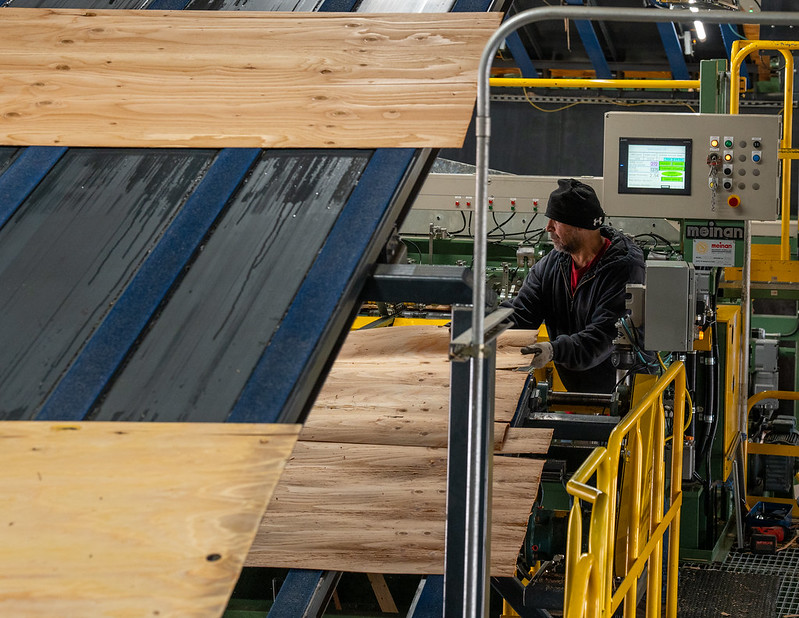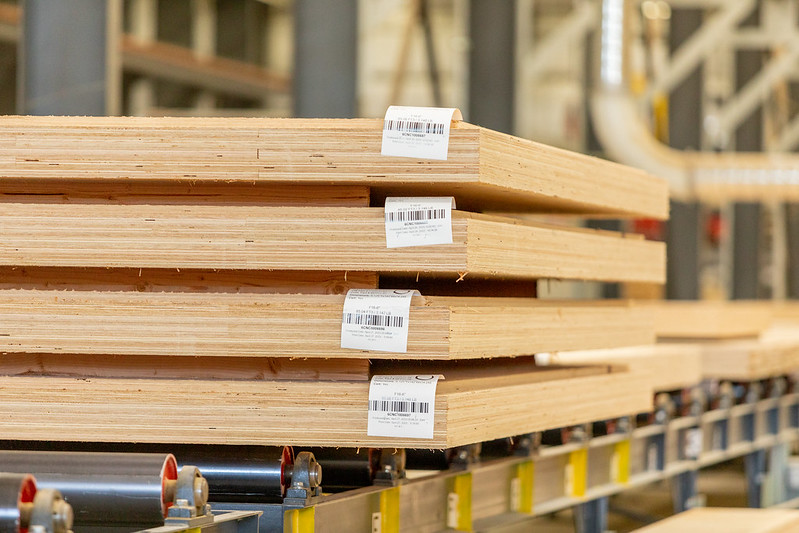It’s still a grind in the U.S. wood products market, but we’re moving enough volume across our product lines to keep the plants running steady. Prices remain underwhelming, especially given the ongoing high cost of timber.
Plywood sales volumes have declined over the last few weeks although pricing seems to have found some traction in the short-term. Green and dry veneer sales volumes have decreased slightly over the last couple of weeks, maybe due to the approaching Fourth of July holiday, but more likely due to chaotic geopolitical events.
We were very disappointed that the Federal Reserve didn’t give more consideration to lowering interest rates. High rates don’t help housing affordability, and the housing and construction markets have taken it on the chin from the Fed’s rapid increase in interest rates to stem inflation pressure over the last couple of years.
U.S. housing starts declined 9.8% last month to a Seasonally Adjusted Annual Rate of 1.26 million starts. Housing starts peaked in 2021 at 1.595 million starts and have been on a downward trajectory ever since. Multi-family starts, which can be much more volatile, decreased 30.4% over a year earlier. We continue to hear from large property developers that banks are very reluctant to provide loans for developments and are insisting on higher rates for projects to break ground.

In national legal news, the Supreme Court recently ruled on the Seven County Infrastructure Coalition vs Eagle County concerning the scope of the National Environmental Policy Act (NEPA). NEPA has grown into an expansive bureaucracy over the last few decades that has limited or delayed development of infrastructure projects across the U.S. It has also been the primary tool extremist environmental groups have used to tie Federal timber sales up in courts and limit forest management across Oregon.
The court found that NEPA is a procedural law and not a substantive barrier to development and environmental impact should be addressed with the immediate project, not on the downstream potential impacts. This is an important ruling for our industry as it may finally allow the government to proceed with valuable fuel-reduction projects without litigation which could finally reduce the scope and scale of wildfires. This will, of course, take time but it is a small step in the right direction.

July will hopefully bring some clarity to markets with President Trump’s “Big Beautiful Bill” and perhaps resolution on tariff and trade policy. The wood products industry is a clear example of predatory policies by foreign governments to harm US manufacturers.
Imports have increased dramatically even though the housing market continues to suffer and consumption declines. Structural panel imports from China, Brazil, and Uruguay are up year over year 10%, 6%, and 18% respectively. Our wood products should be produced locally with domestic fiber, not with wood produced in countries with far less concern for environmental outcomes.
Subscribe
We’ll send you a notification when a new story has been posted. It’s the easiest way to stay in the know.